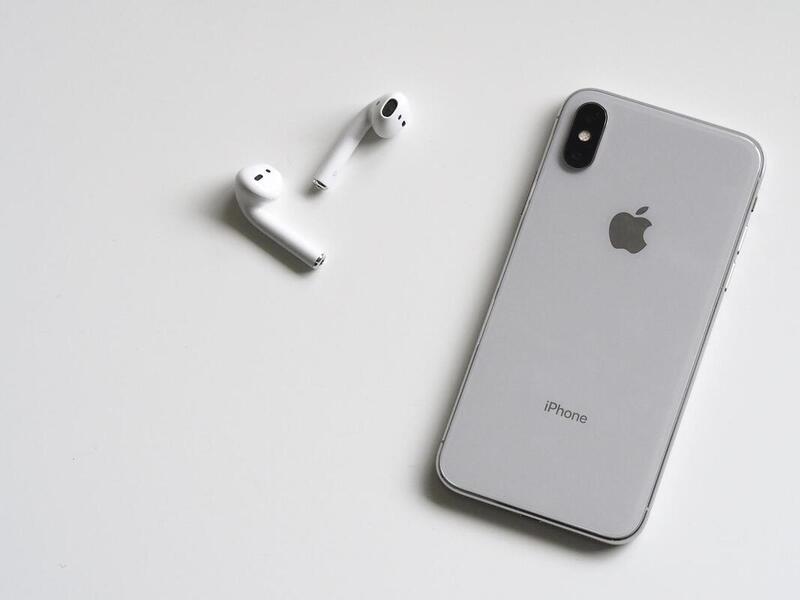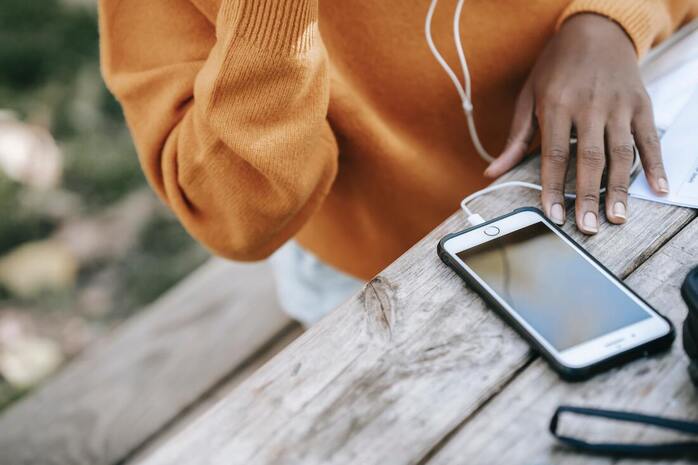Relation Between Headphone Use and Noise-Induced Hearing Loss
Hearing loss (HL), the significant or total loss of hearing as a result of damage to the nerve or inner ear, affects 6.1% of the world’s population. While HL typically increases with age, use of personal listening devices and headphones has become extremely popular among young adults and teenagers, leading to a 4% increase in HL in the span of 11 years.
The most common yet preventable cause of HL, known as noise-induced hearing loss (NIHL), occurs as a result of prolonged exposure to loud noises. Increased usage of smartphones and personal listening devices has led to NIHL becoming an extremely common global issue. According to a 2012 study by the Centers for Disease Control and Prevention (CDC), the hearing test results from nearly 24% of adults and 12% of teenagers suggested HL in one or both ears. To examine the awareness level regarding NIHL within Saudi Arabia’s Hail region, a study was conducted to identify risk factors, symptoms, and signs of NIHL.
An electronic questionnaire that assessed the awareness level of Hail region residents regarding NIHL and use of headphones or other personal listening devices was distributed through social media. A sample of 1086 volunteers responded to a 37 question survey that was divided into multiple sections: demographic, medical history, implications of using personal listening devices, awareness level regarding HL signs and symptoms, general knowledge about NIHL, and NIHL prevention awareness.
Distribution of NIHL risk factors revealed that 29.4% of individuals were exposed to noise in their work environment. With 60.5% of individuals engaging in recreational listening, earphones were the most popular type of personal listening device, followed by car listening devices (17.1%), headphones (11.9%), and external listening devices (10.5%). Just over 42% of individuals reported one to five listening sessions per week, while 22.9% and 24.4% reported six to nine and over ten listening sessions a week, respectively.
The most common yet preventable cause of HL, known as noise-induced hearing loss (NIHL), occurs as a result of prolonged exposure to loud noises. Increased usage of smartphones and personal listening devices has led to NIHL becoming an extremely common global issue. According to a 2012 study by the Centers for Disease Control and Prevention (CDC), the hearing test results from nearly 24% of adults and 12% of teenagers suggested HL in one or both ears. To examine the awareness level regarding NIHL within Saudi Arabia’s Hail region, a study was conducted to identify risk factors, symptoms, and signs of NIHL.
An electronic questionnaire that assessed the awareness level of Hail region residents regarding NIHL and use of headphones or other personal listening devices was distributed through social media. A sample of 1086 volunteers responded to a 37 question survey that was divided into multiple sections: demographic, medical history, implications of using personal listening devices, awareness level regarding HL signs and symptoms, general knowledge about NIHL, and NIHL prevention awareness.
Distribution of NIHL risk factors revealed that 29.4% of individuals were exposed to noise in their work environment. With 60.5% of individuals engaging in recreational listening, earphones were the most popular type of personal listening device, followed by car listening devices (17.1%), headphones (11.9%), and external listening devices (10.5%). Just over 42% of individuals reported one to five listening sessions per week, while 22.9% and 24.4% reported six to nine and over ten listening sessions a week, respectively.
Image Source: Charlotte May
The most common sign and symptom of NIHL was ringing in the ears, which was reported by 58.5% of the population, with over half of the population experiencing it on a regular basis (50.6%). Hospitals were the most frequently mentioned source of knowledge on NIHL (35.2%), followed by social media and educational campaigns (29.7% and 16.8%).
There are many notable limitations to the study and inferences can also be made from the study’s findings. First and foremost, the sample population consisted of individuals between the ages of 18 and 55, with the mean age at 24.8 with a standard deviation of 12.6. The study’s sample population is therefore not representative of the region’s general population due to the relatively low mean age of participants.
Additionally, nearly half of the participants reported a history of hearing impairment, and over 15% of participants self-reported experiencing mild HL. The rather large percentage of participants with a history of HL may have led to biased responses in the context of knowledge about NIHL as well as prevention and awareness levels. Lastly, the data was self-reported, which means it was subject to social desirability bias, the tendency for participants to underreport undesirable traits and overreport desirable traits.
Overall, the study's participants had a limited level of awareness regarding HL and NIHL risk factors. It was shown that people exposed to high noise levels when using their hearing devices had the most substantial HL, although age also played a role. Finally, implementing more campaigns and educational initiatives is necessary to reduce HL rates while promoting awareness and healthy noise levels.
There are many notable limitations to the study and inferences can also be made from the study’s findings. First and foremost, the sample population consisted of individuals between the ages of 18 and 55, with the mean age at 24.8 with a standard deviation of 12.6. The study’s sample population is therefore not representative of the region’s general population due to the relatively low mean age of participants.
Additionally, nearly half of the participants reported a history of hearing impairment, and over 15% of participants self-reported experiencing mild HL. The rather large percentage of participants with a history of HL may have led to biased responses in the context of knowledge about NIHL as well as prevention and awareness levels. Lastly, the data was self-reported, which means it was subject to social desirability bias, the tendency for participants to underreport undesirable traits and overreport desirable traits.
Overall, the study's participants had a limited level of awareness regarding HL and NIHL risk factors. It was shown that people exposed to high noise levels when using their hearing devices had the most substantial HL, although age also played a role. Finally, implementing more campaigns and educational initiatives is necessary to reduce HL rates while promoting awareness and healthy noise levels.
Featured Image Source: JessBaileyDesign
RELATED ARTICLES
|
Vertical Divider
|
Vertical Divider
|
Vertical Divider
|






